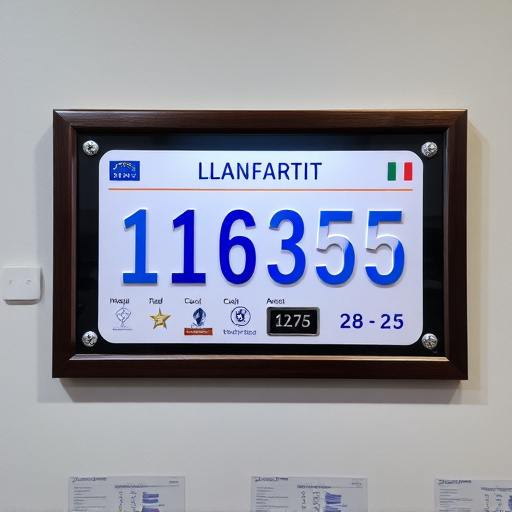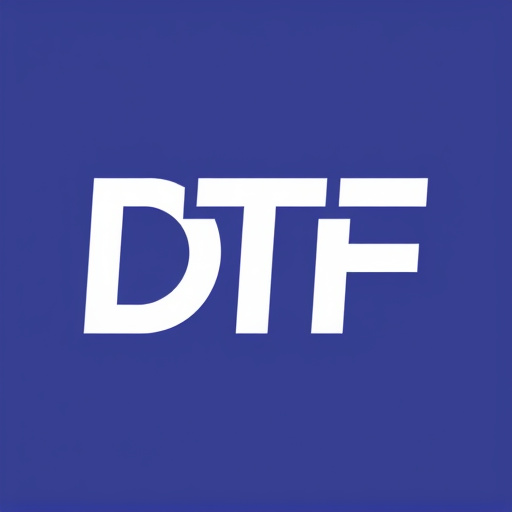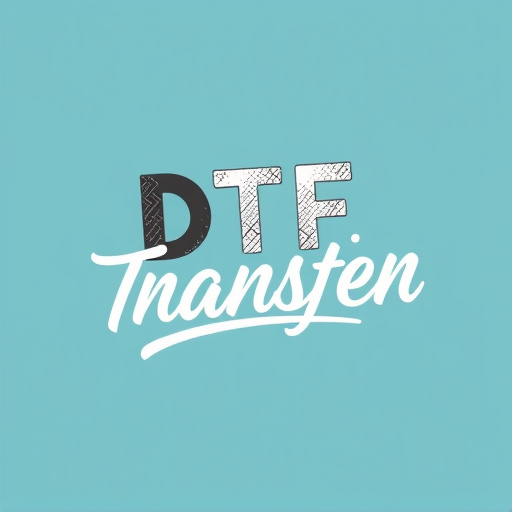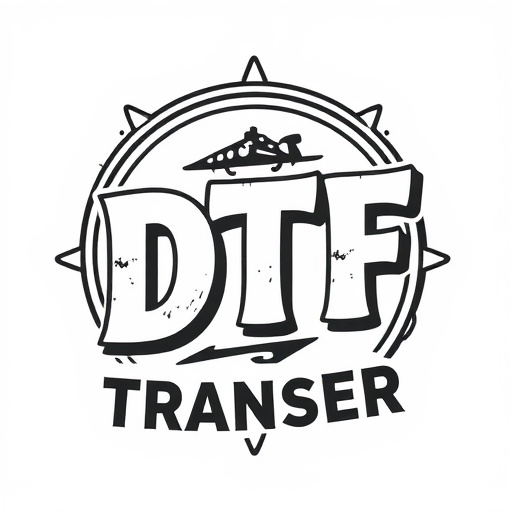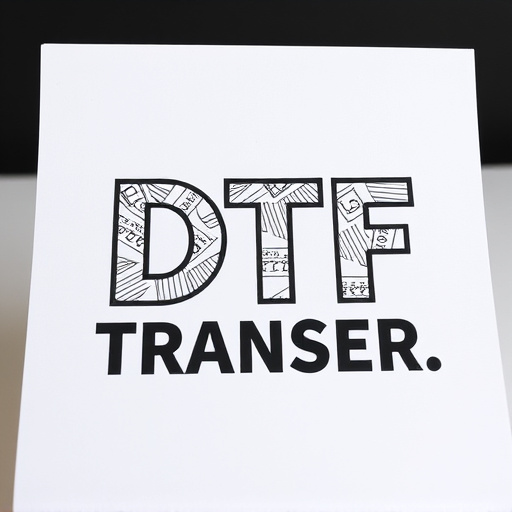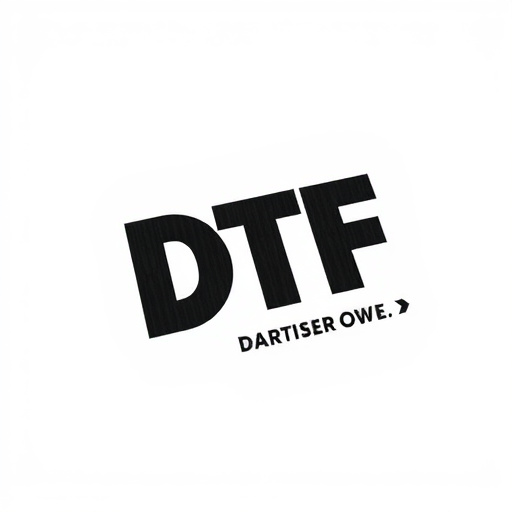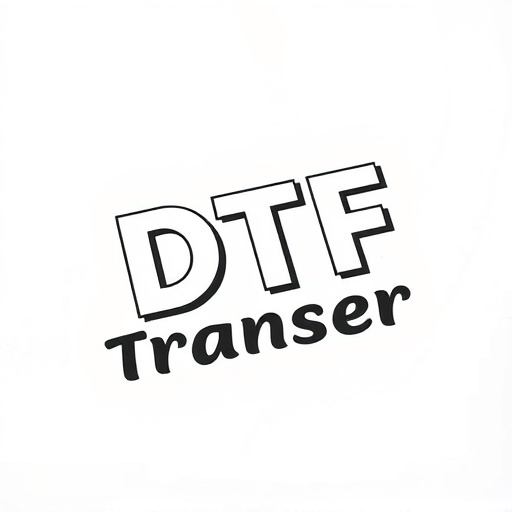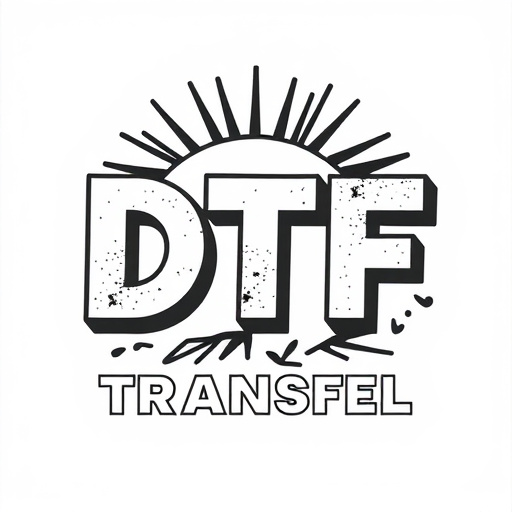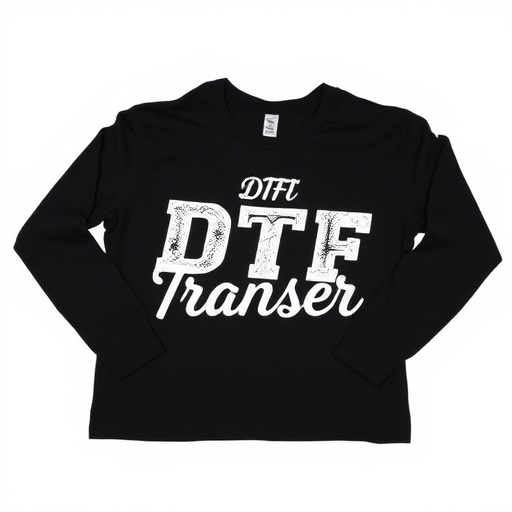Direct to Fabric (DTF) transfers revolutionize apparel customization with advanced printing methods that apply high-quality inks directly to fabrics like cotton and silk. This versatile technique enables intricate design reproduction, making it ideal for artistic clothing lines and personalized garments. DTF Printing's popularity stems from its ability to produce unique, durable prints that maintain quality through multiple washes. The process involves creating designs using specialized software, applying ink via a squeegee, curing it, and post-processing for final garment preparation. Different DTF transfer types cater to specific design complexities and fabric materials, offering cost-effective solutions for businesses and individuals seeking distinctive clothing items. The fashion industry embraces DTF Transfers for their versatility in enhancing traditional garments or personalizing athletic wear with vibrant graphics. With advancements, DTF Printing is becoming more accessible and affordable, predicting a surge in custom designs and limited-edition prints while expanding material compatibility and production efficiency.
“Discover the world of DTF Transfers—a game-changer in the fashion industry. This innovative technology allows for precise and vibrant printing on specialty clothing items, offering endless design possibilities. From its basic understanding to the intricate process of DTF printing, this article guides you through. Explore the benefits, learn about material selection, and understand its growing popularity. We’ll also delve into future trends, showcasing how DTF prints are revolutionizing fashion.”
- Understanding DTF Transfers: A Brief Overview
- The Process of DTF Printing: Step by Step
- Benefits of Using DTF Transfers on Specialty Clothing
- Choosing the Right DTF Print for Your Design
- Applications and Popularity in the Fashion Industry
- Future Trends in DTF Printing and Its Impact
Understanding DTF Transfers: A Brief Overview

DTF Transfers, short for Direct to Fabric, is a revolutionary printing method that has transformed the way specialty clothing items are designed and personalized. This innovative technique allows for high-quality prints to be directly applied to various fabrics, offering unparalleled versatility and creativity in apparel customization. DTF Printing involves transferring ink from a film or plate onto a fabric surface using heat and pressure, resulting in vibrant and durable DTF Prints.
Compared to traditional printing methods, DTF Transfers provide several advantages. They enable the reproduction of intricate designs with fine details, making them ideal for artistic clothing lines. Moreover, DTF Printing is suitable for a wide range of fabrics, from cotton and polyester to silk and nylon, expanding the possibilities for designers and manufacturers alike. This technology has gained immense popularity in the fashion industry due to its ability to create unique, personalized garments while maintaining excellent print quality.
The Process of DTF Printing: Step by Step
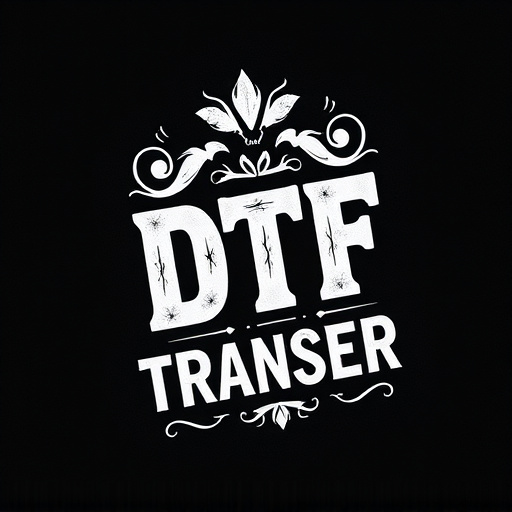
The Direct to Fabric (DTF) transfer printing process is a cutting-edge method for applying intricate designs and graphics directly onto specialty clothing items. Here’s a step-by-step guide to this innovative technique:
1. Design Creation: The process begins with creating or selecting a design that aligns with the desired aesthetic. This digital design is optimized for DTF printing, ensuring it meets specific resolution and format requirements. Software tools allow for precise color control and intricate detail work.
2. Screen Preparation: Next, a screen (typically made of silk or polyester) is prepared by attaching a transparent film bearing the design to it. Emulsified ink is then poured onto the screen, leaving only the design openings uncovered. This creates a stencil that will be used for printing.
3. Ink Application: The screen is placed over the fabric, and specialized ink is pushed through the open areas of the stencil using a squeegee. This forces the ink to transfer directly onto the fabric, creating the desired print in the exact design specifications.
4. Curing and Drying: Once the ink has been applied, the fabric goes through a curing process, typically involving heat or UV light, to set the inks permanently. After curing, the garment is allowed to dry completely, ensuring vibrant and long-lasting DTF prints.
5. Post-Processing: Depending on the fabric type and desired outcome, additional steps like cutting, hemming, or adding finishing touches may be required before the garment is ready for distribution or sale.
Benefits of Using DTF Transfers on Specialty Clothing
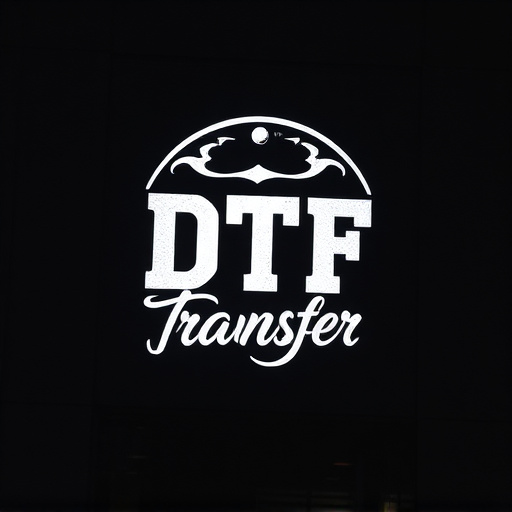
Using DTF Transfers for specialty clothing offers a multitude of advantages. These transfers, through DTF Printing techniques, allow for high-quality, vibrant prints on various fabrics and materials. This makes them ideal for custom apparel, allowing designers to create unique and eye-catching pieces that stand out from the crowd. Unlike traditional printing methods, DTF Transfers provide a more flexible and precise way to apply graphics, enabling intricate designs and detailed patterns.
Moreover, DTF Transfers enhance durability and washability. The bonding process ensures prints remain vibrant even after repeated washing and wear, making them suitable for everyday clothing as well as specialized garments. This longevity, combined with the ability to easily update or change designs, makes DTF Printing a cost-effective solution for businesses and individuals looking to create and maintain distinctive, on-trend clothing items.
Choosing the Right DTF Print for Your Design
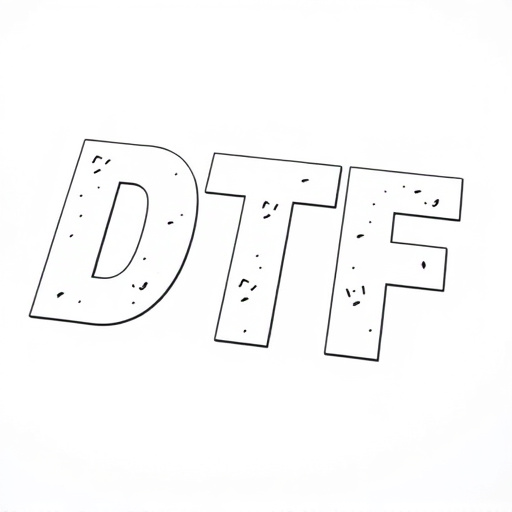
When it comes to applying designs on specialty clothing items, selecting the suitable DTF (Direct-To-Fabric) print is a pivotal decision that significantly impacts the final outcome. Different DTF transfer types offer unique advantages and are suited for specific design requirements. For instance, water-based DTG (Direct-To-Garment) printing is ideal for intricate, detailed designs as it provides vibrant colours and smooth finishes. On the other hand, solvent-based DTF transfers are recommended for more robust, long-lasting prints on a variety of fabric types.
Understanding your design vision and the clothing material is key to making an informed choice. For simple text or graphic overlays, a fast-drying, easy-to-apply DTF transfer might be sufficient. Conversely, complex illustrations or photographic images may demand a more advanced printing method that ensures high definition and colour accuracy. DTF Printing allows for versatility in creating eye-catching garments, catering to various design complexities and fabric types, making it a popular choice among manufacturers and designers alike.
Applications and Popularity in the Fashion Industry
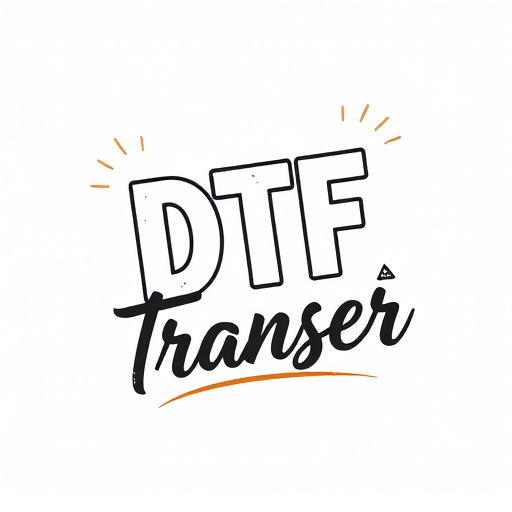
In the fashion industry, DTF Transfers (Direct to Fabric) have gained significant popularity as a cutting-edge technique for applying intricate designs and prints directly onto specialty clothing items. This innovative method allows for a diverse range of applications, from enhancing traditional garments with vibrant graphics to personalizing athletic wear with unique logos and patterns. DTF Printing offers unparalleled versatility, enabling designers and manufacturers to create visually appealing, high-quality pieces that cater to diverse consumer preferences.
The allure of DTF Transfers lies in their ability to deliver rich, durable prints on various fabrics, ensuring a long-lasting impact. This technology has revolutionized the way fashion brands bring their creative visions to life, fostering a culture of individuality and self-expression. As a result, DTF Prints have become a sought-after feature across different segments of the fashion market, from streetwear labels to high-end designers, contributing to a dynamic and ever-evolving industry landscape.
Future Trends in DTF Printing and Its Impact
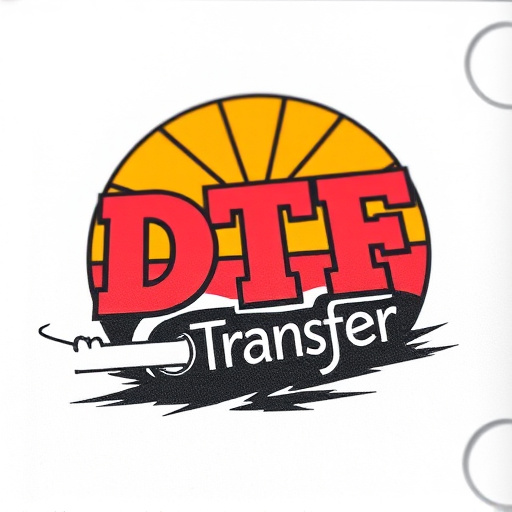
The future of DTF (Direct to Fabric) printing looks promising, with continuous innovations pushing the boundaries of what’s possible on specialty clothing items. As technology advances, DTF printers are becoming more accessible and affordable, democratizing the process for small businesses and even hobbyists. This trend is expected to lead to a surge in custom designs and limited-edition prints, allowing fashion designers and artists to bring their unique visions to market swiftly. With higher resolution capabilities and improved ink formulations, DTF Printing can now reproduce intricate details and vibrant colors, elevating the overall aesthetic of clothing pieces.
Additionally, future trends will likely focus on expanding material compatibility, enabling DTF transfers to be applied to a broader range of fabrics and surfaces. This versatility opens up new opportunities for brands to experiment with innovative materials and create distinctive, eye-catching garments. As DTF Printing continues to evolve, we can anticipate even more efficient production processes, faster turnaround times, and reduced environmental impact, solidifying its position as a game-changer in the textile industry.
